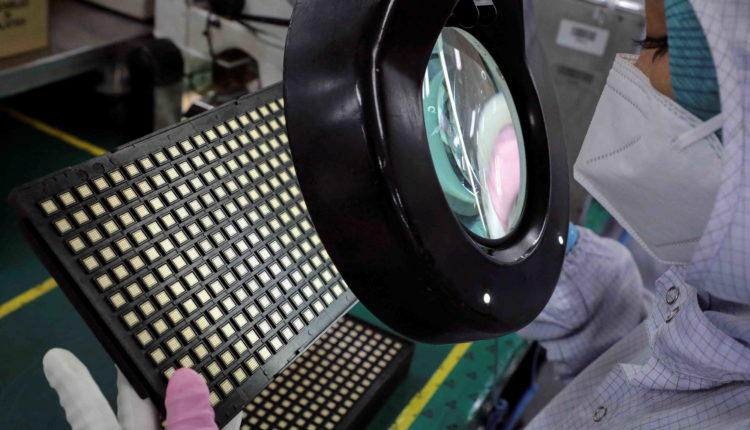Harnessing the Power of the Sun: Hybrid Organic-Inorganic Perovskites for High-Efficiency Solar Cells
In recent years, the quest for efficient, stable, and cost-effective solar cells has led to the emergence of an exciting new class of materials – hybrid organic-inorganic perovskites. Known for their excellent light absorption properties and impressive power conversion efficiencies, these perovskite solar cells are at the forefront of solar energy research.

Understanding Hybrid Organic-Inorganic Perovskites
At the heart of a perovskite solar cell lies the perovskite material – an organometal halide structure that captures the incoming sunlight. Hybrid organic-inorganic perovskites are a type of perovskite material that blends organic compounds with inorganic elements. This unique combination results in a highly efficient and stable material that can be used for perovskite solar cells. The structure of perovskite and its properties are critical to the efficiency and stability of the solar cell.

Construction of Perovskite Solar Cells
A typical perovskite solar cell is constructed from a thin perovskite layer sandwiched between a hole transport material and an electron transport material. The perovskite layer absorbs the sunlight, creating excitons. These excitons are then separated into electrons and holes by the transport materials, leading to an electric current.
Different perovskite materials like lead iodide perovskites, mixed halide perovskite, or 2D perovskite can be used for the perovskite layer, offering a degree of tunability to the cell’s performance. Perovskite solar cells can be manufactured using various methods, including vapour deposition, to create a high-quality perovskite film.
Achieving High Efficiency with Perovskite Solar Cells
The goal of perovskite solar cells is to achieve high power conversion efficiencies – that is, the ability to convert the maximum amount of sunlight into electricity. Hybrid organic-inorganic perovskite solar cells have shown promise in this regard, with efficiency exceeding the traditional silicon solar cell.
These perovskites are highly efficient visible-light sensitizers for photovoltaic cells, making them ideal for solar cells with high efficiency. In fact, recent advancements have led to the development of perovskite solar cells with efficiency exceeding that of traditional silicon solar cells.
Stability of Perovskite Solar Cells
Beyond efficiency, the stability of perovskite solar cells is another critical aspect of their performance. The degradation of the perovskite layer can significantly impact the cell’s longevity. Fortunately, the hybrid organic-inorganic perovskite structure has shown to offer better stability than their purely inorganic counterparts, leading to the development of stable perovskite solar cells.
The Future of Perovskite Solar Cells
With the rapid advances in perovskite solar cell technology, the future of solar energy looks promising. Hybrid perovskite solar cells are set to become a viable alternative to traditional silicon solar cells, offering a path towards efficient and sustainable energy generation. Furthermore, the high-performance perovskite solar cells are expected to play a significant role in the global shift towards renewable energy sources.
Conclusion
Hybrid organic-inorganic perovskites are proving to be a game-changer in the field of solar energy. With their unique properties, they have the potential to usher in a new era of high-efficiency, stable, and cost-effective solar cells. As research continues, these novel materials will undoubtedly continue to play a crucial role in the ongoing evolution of photovoltaic technology.




Comments are closed.